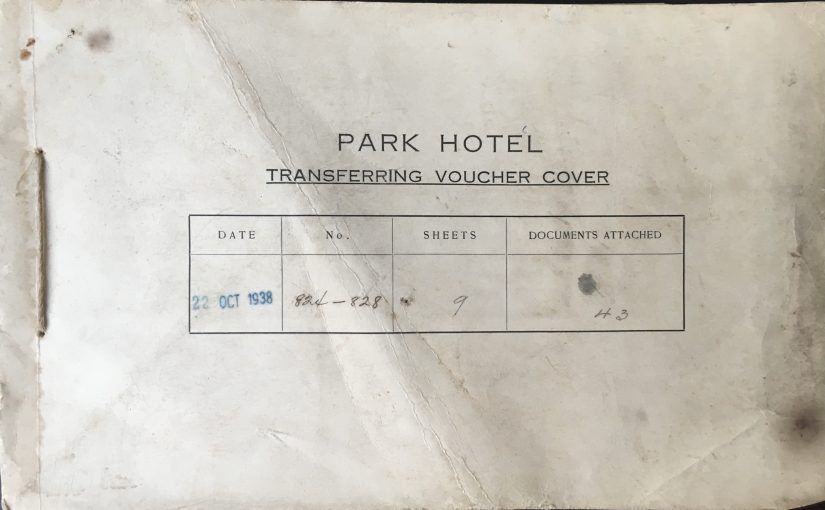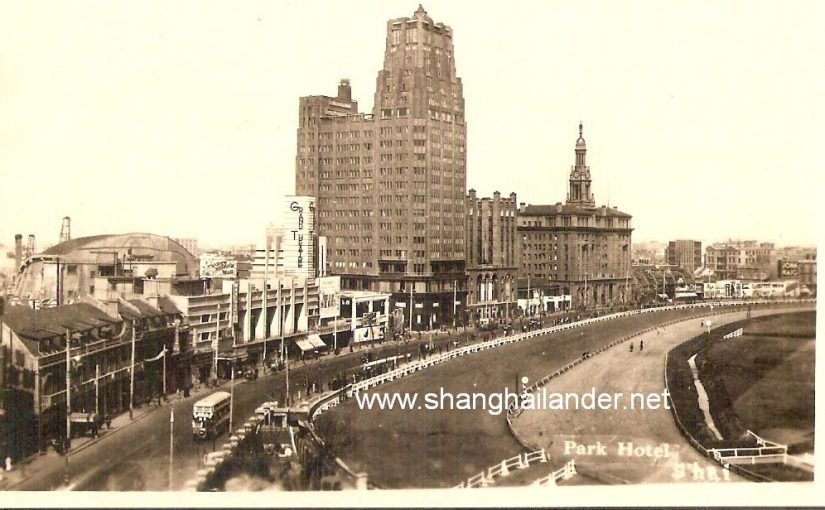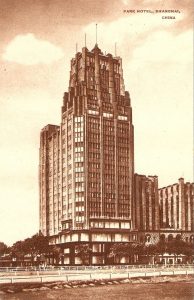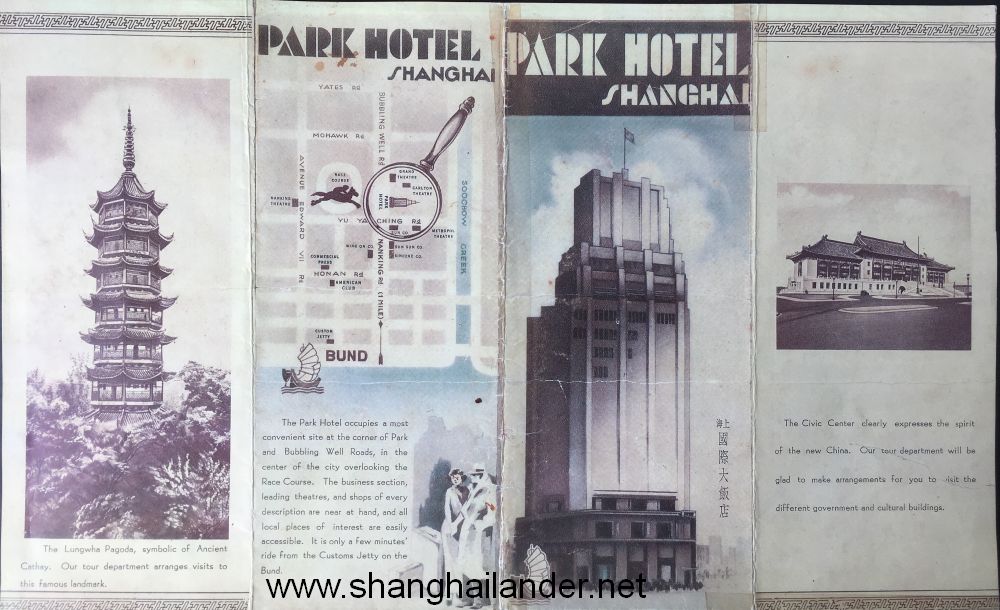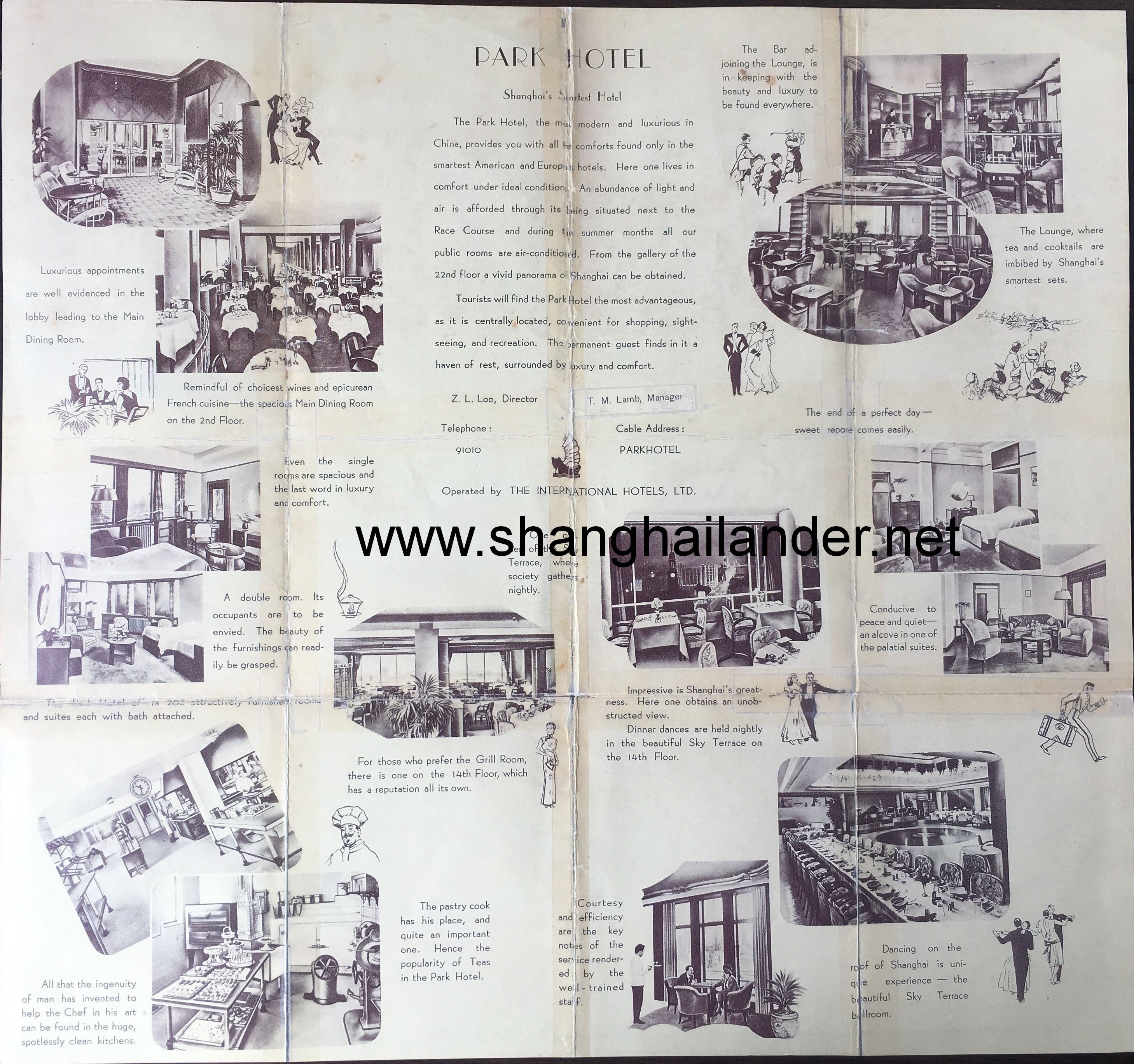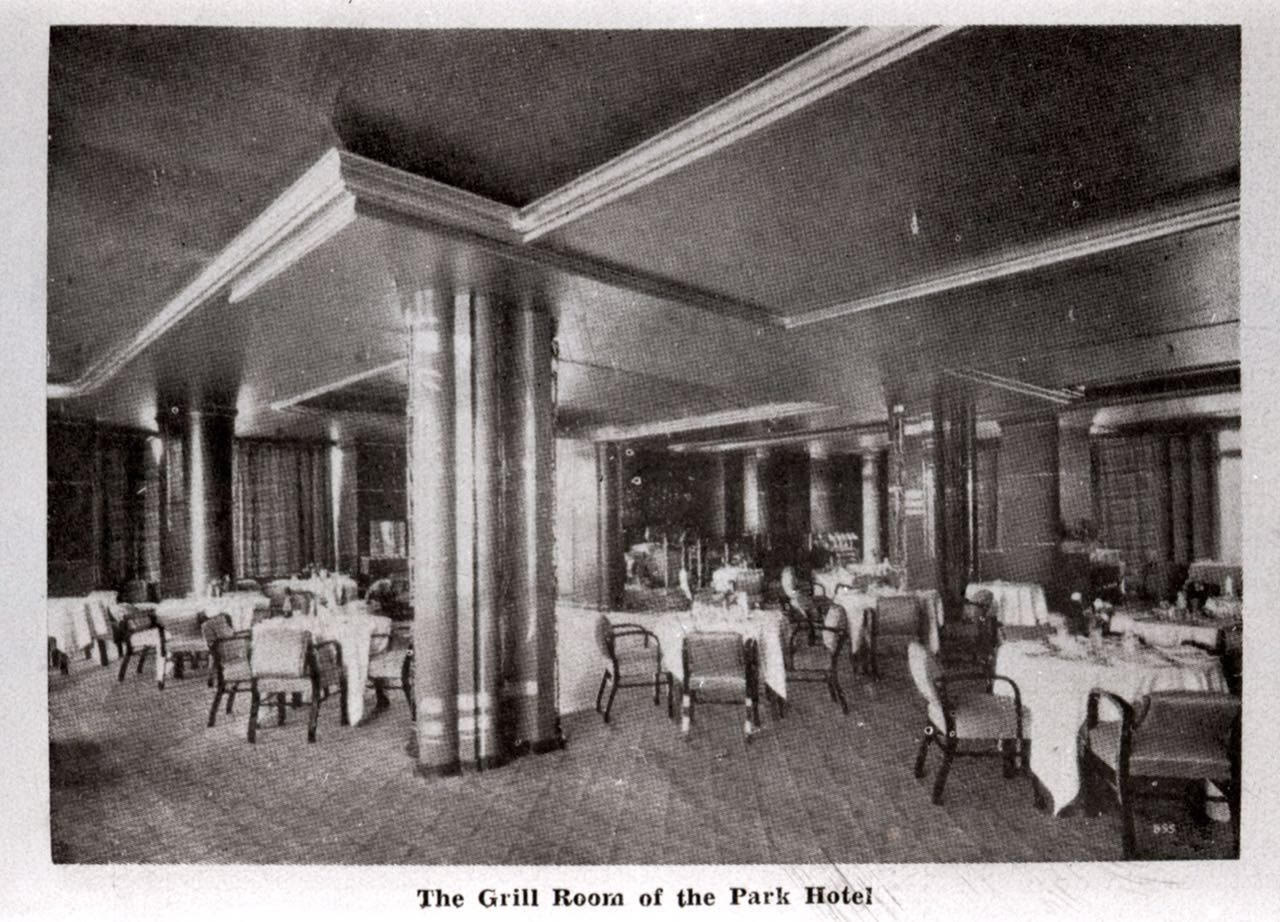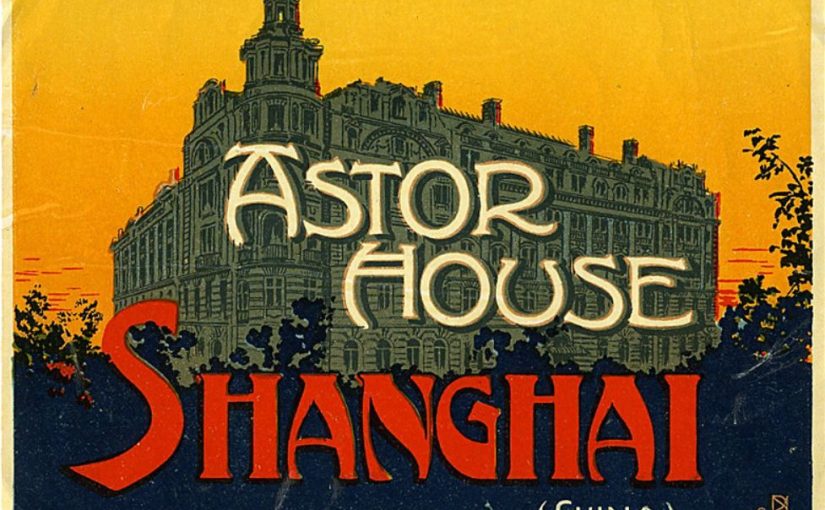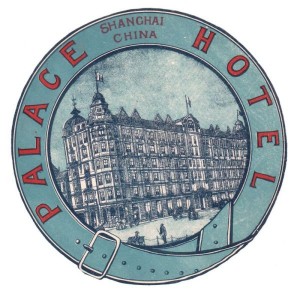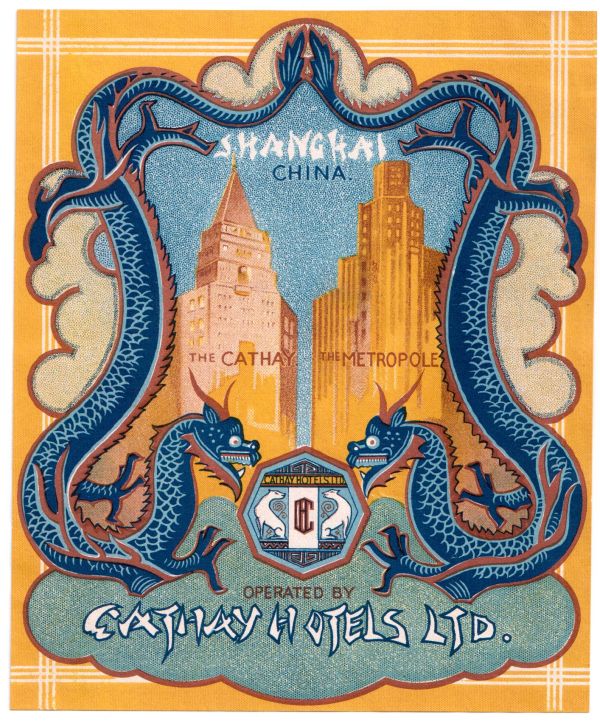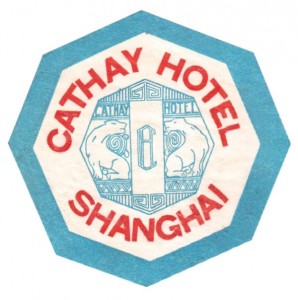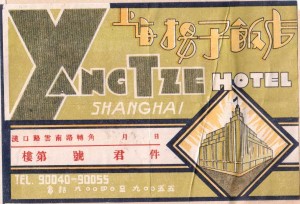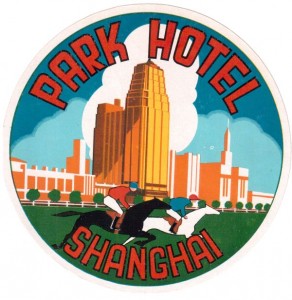Park Hotel was the most modern hotel of Old Shanghai. The iconic building from Hungarian architect Laszlo Hudec, overlooked the race course on a prime location and was the closest competition to the Cathay Hotel (today Peace Hotel). I got a unique inside view of how the business worked through a rare find.
Employing a large number of people and keeping the operation running to please guests was, and still is, a massive task for hoteliers. Long before computers, hotels had to keep a daily clear and detailed accounting system, this is exactly what I found in an antic market. The stack of papers in above picture is the full account of Park Hotel activity for 22 Oct 1938.
1938 was a dark time in Old Shanghai, as the Japanese army had already landed in Shanghai in August 1937 and surrounded both the International Settlement and the French Concession. Crossing out was difficult and dangerous for most Chinese people. Business for the hotel, was probably much down, at least for short term accommodation as there was little visitors from abroad already and not so much travel in China. Still the accounting file gives out a lot of information.
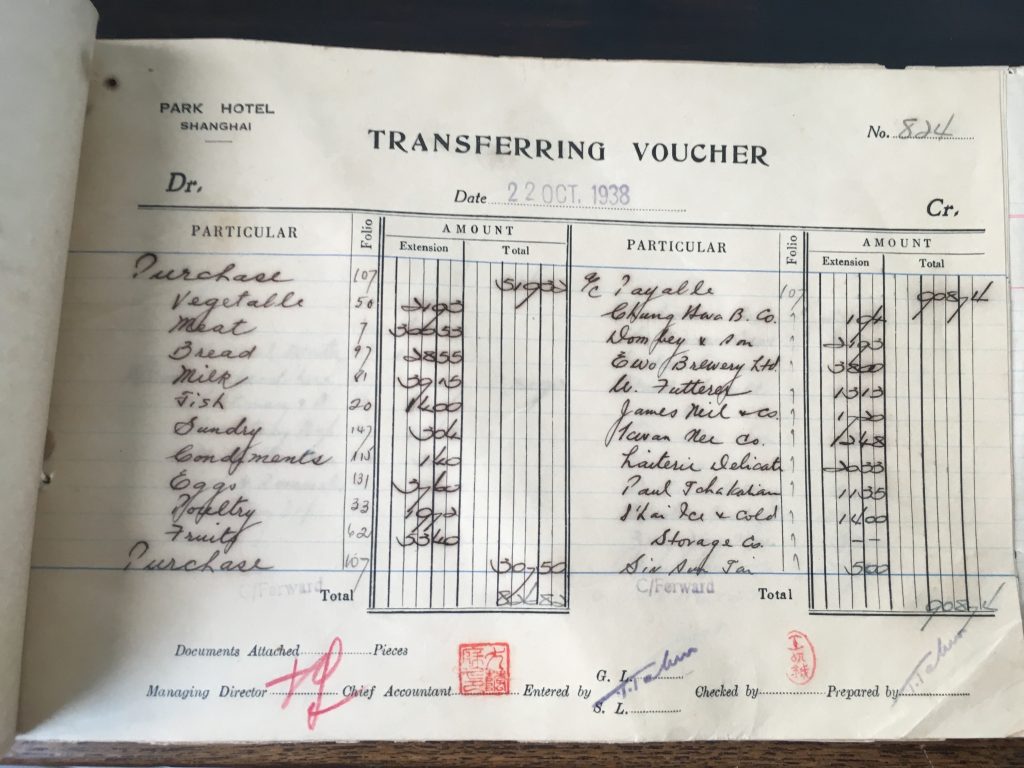
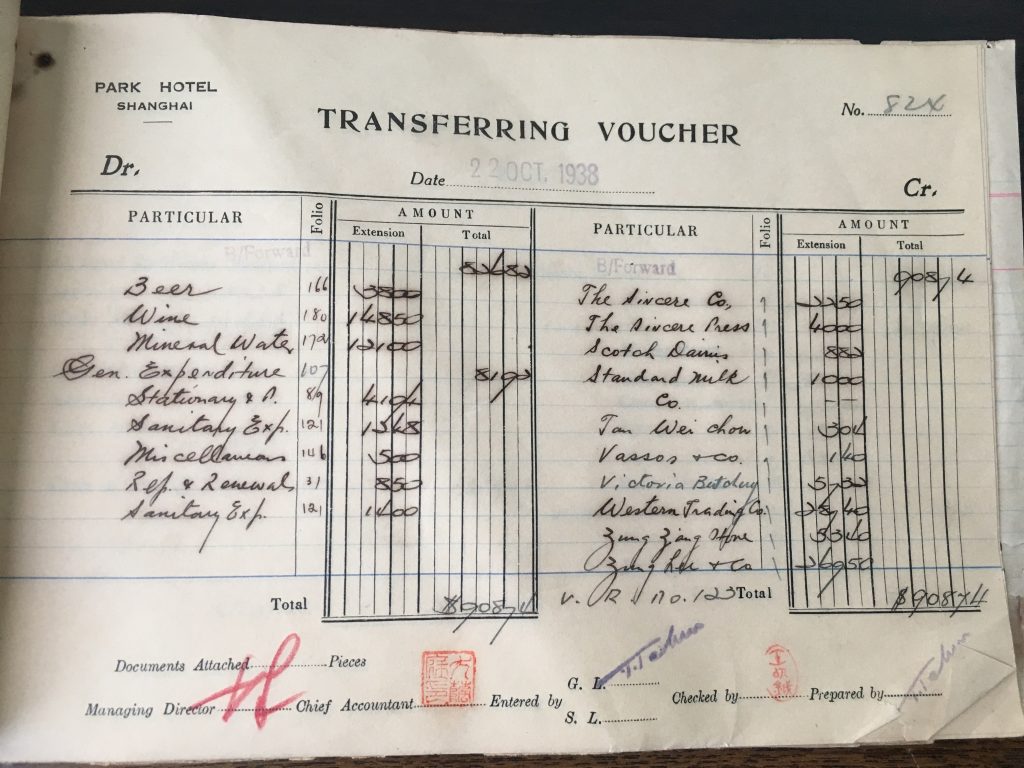
First columns on both pages details the spending of the hotel in terms of food (vegetable, meat, eggs, poultry) on first page. Second page is dedicated to beverages (water, wine, beer), as well as other expenditure. Details of fresh products bought by the kitchen are displayed below.
Second column includes supplier names including a few famous brand like EWO Brewery (EWO is the Chinese name of Jardine & Matheson). Dairy farms include Laiterie Delicate, Scotch dairies and Standard milk Co. Bread supplier was Paul Tchakalian (one of the famous Russian bakery in Shanghai). The hotel also purchased items from the famous Sincere department store.
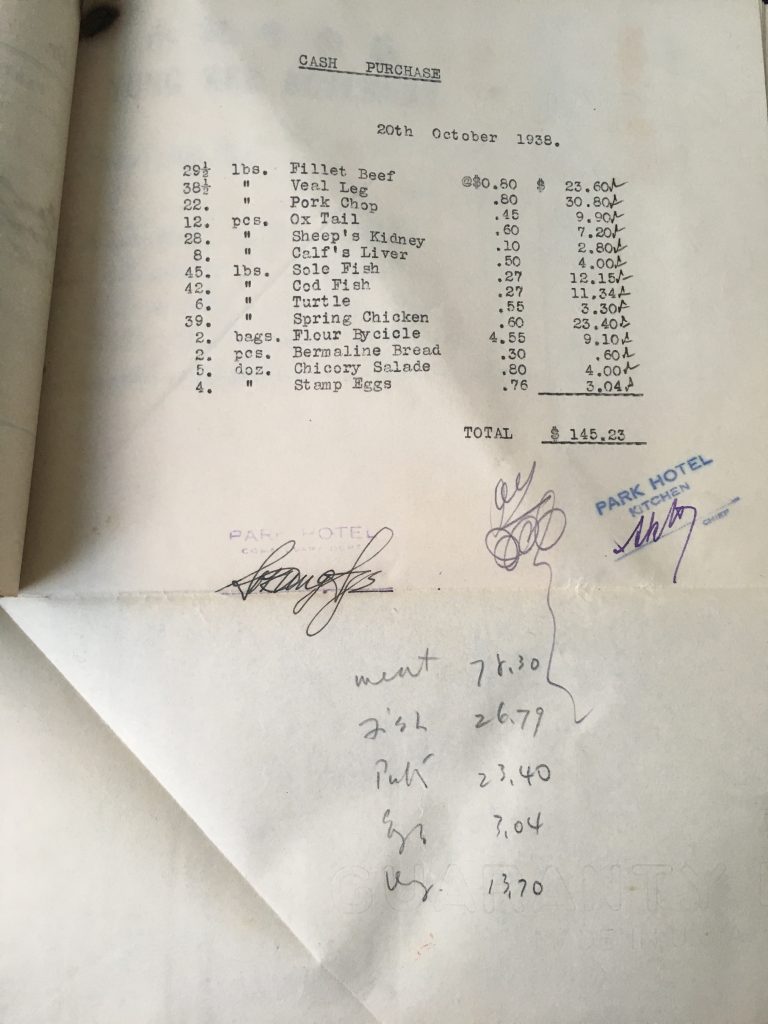
The above sheet details the purchase from the kitchen. When comparing with the above one, it is clear this is not by far the only purchase from the hotel. I would assume this one was cash purchase from markets or local vendors.
The Park Hotel shopping list was still large, with 29.5 lbs (more than 13 kgs) of beef fillet, 38.5 lbs (17 kgs) of veal leg, and 39 lbs of chicken (about 5 to 7 chickens). Sea fish consumption must have been high as the hotel also bought 45 lbs (20.5 kgs) of Sole fish and 42 lbs of Cod fish (19kgs).
Since I am not a specialist on hotels or F&B, comments and comparison with today’s hotel purchase are more than welcome.
The post covered the spending side of the hotel. For the revenue side, please go to post “Park Hotel accounting part 2“
